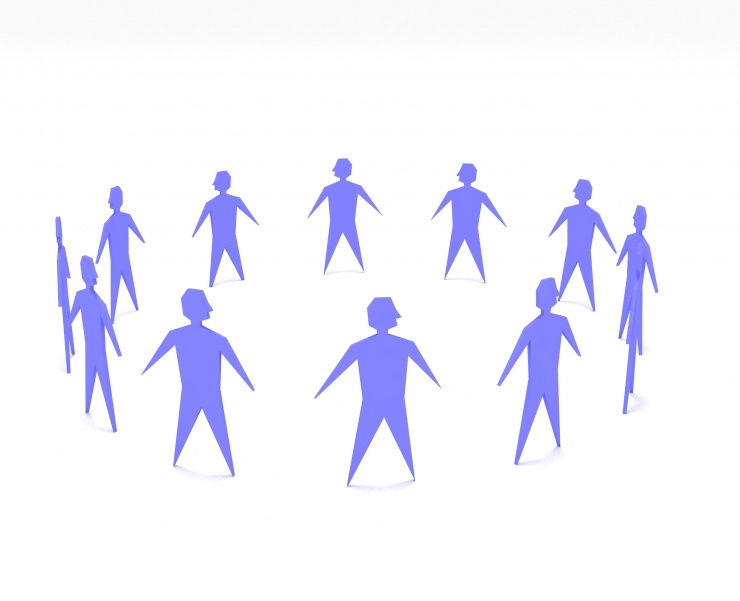
Cooperative Learning Theory Explained
If you’ve already read the strategies piece for cooperative learning, then you got a bit of a spoiler about cooperative learning theory. See, it’s indeed its own thing and I usually would contest the redundant name, but it’s justified this time, for one reason.
While cooperative learning theory is just a variant of organizational learning at heart, its focus on teamwork and interrelations is a bit shifted. This in and of itself is really just the result of enough people caring about that versus the individual metrics that were still there, that a whole new subgenre was born for this total co-op concept.
Who Cares:
Well, that in and of itself wouldn’t justify things to me or my colleagues, but it’s the implications of this that have such weight. You see, this concept allows for all kinds of flexible engagement models to be put into place, thus making this the perfect universal chassis to put any other defined alternative model on top of.
Gamification, as we’ve said, is a big one this strongly aids. It’s because the students learning off of one another and driving a sum force is what gamification needs to be effective.
This same interlinked support that students build among themselves facilitates flipped classroom environments as well, because the less strong presence of the teacher as a foundation of authority gets a little inefficient if the students cannot in fact handle their own problems.
How this Benefits:
Well, we said a little of that already, but let’s talk about the other benefits of this.
The escape from the classroom is of course the most obvious, as it is with any alternative model out there. The classroom is a tedious place where you don’t learn, you have facts drilled into you until memorize them. That’s not pleasant nor helpful in any way.
With a cooperative model, where students have to think, and work together to learn and creatively discover, then they’re truly learning, not sitting through programming sessions.
When creativity and learning like this is accomplished, it’s enjoyable to people, and thus they will have a positive experience with the training. This positivity will forever associate with what they learned thus making it all good data.
This will increase their tendency and self motivation to use their learning to achieve yet greater things. People are actually rewarded by accomplishment and enrichment alone, if it’s the right experience. You can use this theory to actually harness that and have it work for you.
At the same time, training being a good experience, it will get a reputation for being a positive experience. Everyone will in the future be motivated to enter training, as it now has a good name.
For Teachers:
With these models, and added stuff like gamification, we’re looking at a future where teachers are artists. They craft elegant and wondrous experiences to teach people and enrich their beings. This will be a wonderful and fulfilling life for teachers, and perhaps they will finally be non-abstract enough in the public eye to earn what they deserve for their sacrifice to our future.
So, that’s cooperative learning theory in a nutshell, and why it works so well. But, do more research before trying this.

